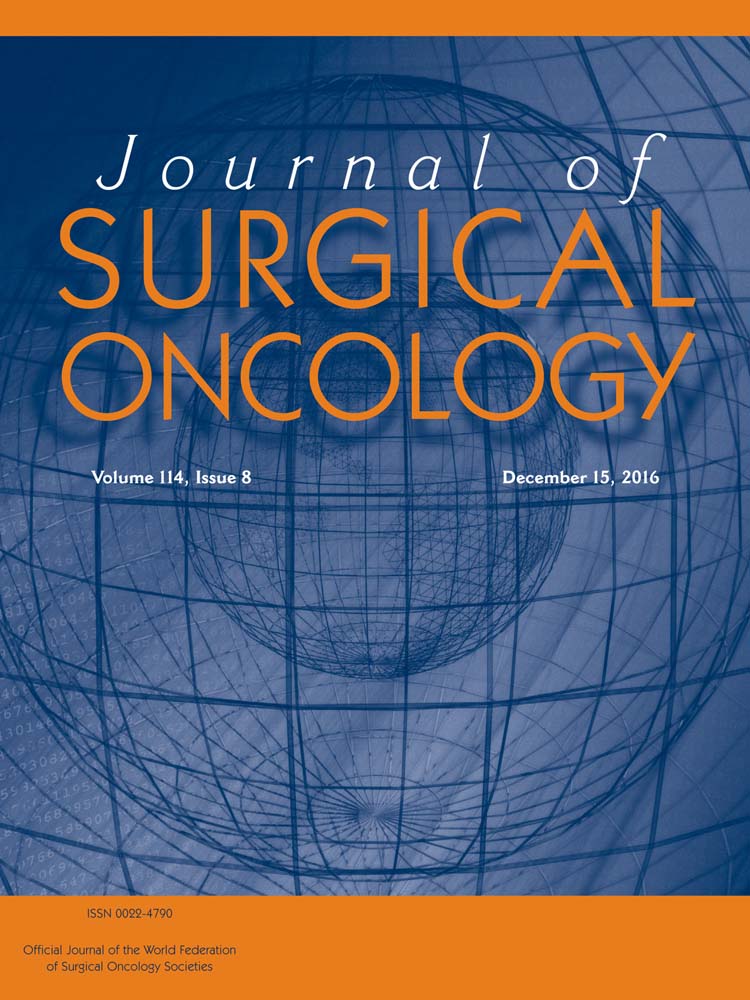Totally implantable venous access port via the femoral vein in a femoral port position with CT-venography
Abstract
Background and Purpose
We aimed to determine the success rate and any complications using a percutaneous approach to the femoral vein (FV) for placement of a totally implantable access port (TIVAP), with a preoperative assessment of the femoral and iliac veins using computed tomography-venography (CT-V).
Methods
A prospective study of 72 patients was conducted where placement of a TIVAP was attempted via the right FV, with the port placed in the anterior thigh, when subclavian vein or jugular vein access was contraindicated. Preoperative assessment of the femoral venous plexus was performed with CT-V in 72 patients.
Results
CT-V success was achieved in 72 of 72 patients (100%). The average distance between the inguinal ligament and the saphenofeomral (FV-GSV) junction was 42.8 ± 12.9 mm. The FV approach had a 97% successful cannulation rate. Two patients had a thrombosis in either the femoral vein or the great saphenous vein. One procedural complication (1.4%) and one initial complication (1.4%) occurred. Late complications occurred in four patients (5.7%).
Conclusions
The percutaneous FV approach with CT-V guidance is an option for patients with multiple central venous cannulations, as well as those with bilateral breast cancer, or those undergoing hemodialysis. J. Surg. Oncol. 2016;114:1024–1028. © 2016 Wiley Periodicals, Inc.




